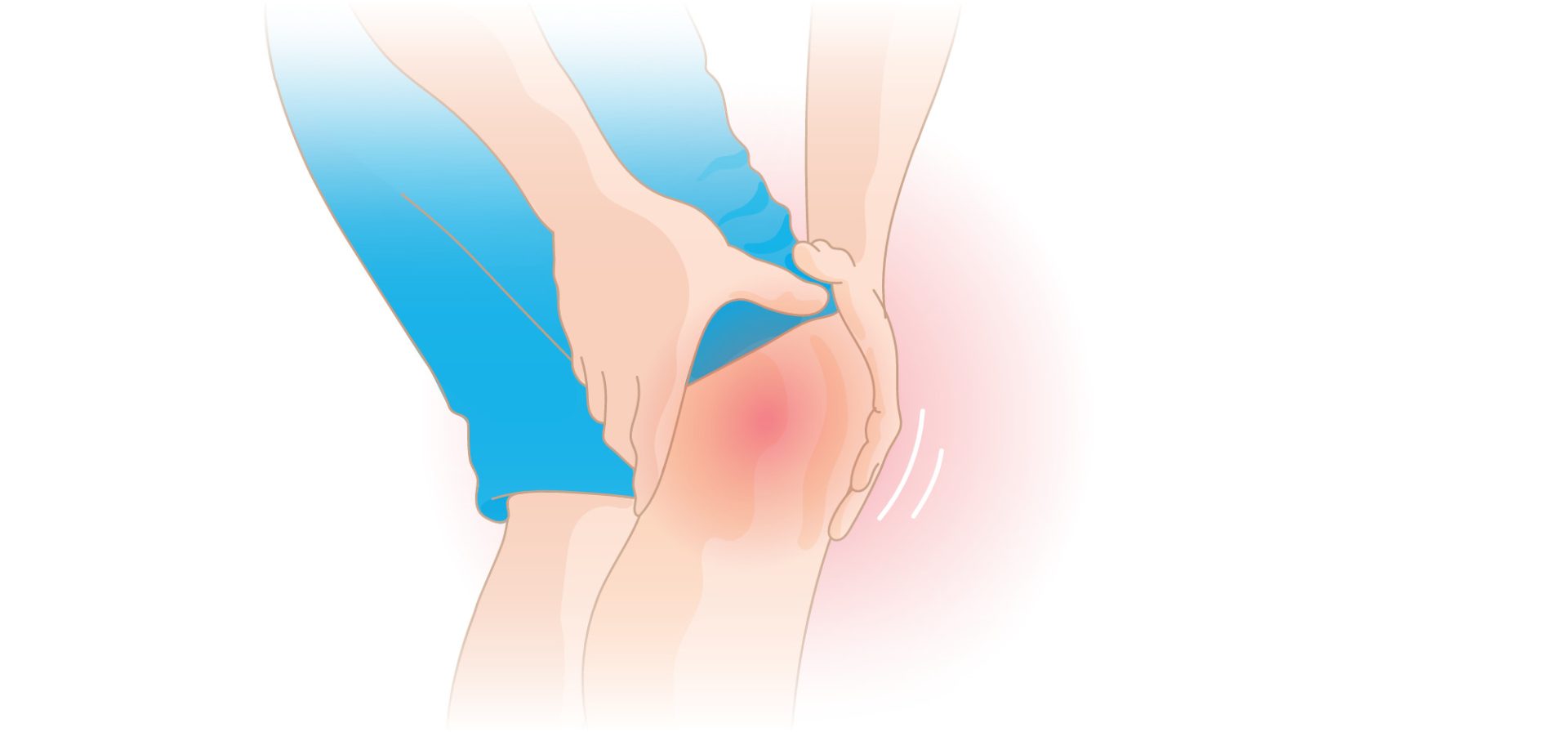A Baker’s cyst, also known as a popliteal cyst, is a fluid-filled swelling that develops in the back of the knee. It is caused by an excess build up of synovial fluid, which is the lubricating fluid that surrounds the knee joint.
The cyst can range in size from a small lump to a large, noticeable swelling, and may be accompanied by pain, stiffness, and difficulty bending or straightening the knee. Baker’s cysts are often caused by underlying knee conditions such as osteoarthritis, rheumatoid arthritis, or meniscal tears, which can cause an increase in synovial fluid production.
Symptoms of a Baker’s cyst may include swelling behind the knee, stiffness, and pain. The swelling may be more pronounced after prolonged standing or walking, and may be accompanied by tightness or a feeling of fullness in the knee.
Treatment for a Baker’s cyst typically involves a combination of physiotherapy, medications, and self-management strategies. Physiotherapy can help to reduce inflammation, improve mobility and strength around the knee, and address any underlying conditions contributing to the cyst. Medications, such as nonsteroidal anti-inflammatory drugs (NSAIDs), can help to manage pain and reduce inflammation.
In addition to these treatments, there are several self-management strategies that can help to ease the symptoms of a Baker’s cyst. These include:
- Rest and elevation: Resting the affected knee and elevating it above the level of your heart can help to reduce swelling and pain.
- Compression: Applying compression to the knee with a bandage or sleeve can help to reduce swelling and support the knee.
- Ice: Applying ice to the affected area for 15-20 minutes at a time, several times a day, can help to reduce inflammation and pain.
- Gentle movement: Performing gentle exercises and stretches that do not aggravate the cyst can help to maintain mobility and reduce stiffness.
Applying the 5 stages of rehab to a Baker’s cyst:
Pain and symptom reduction: The first stage of rehab for a Baker’s cyst involves reducing pain and symptoms by using techniques such as rest, ice, compression, and medications. Physiotherapy can address any underlying issues contributing to the cyst.
Range of motion: Once pain and inflammation have been managed, the focus of rehab shifts to improving mobility and range of motion around the knee. This may involve exercises and stretches to improve flexibility and reduce stiffness.
Motor control: Learning to control movement around the knee joint can help to prevent future injuries and promote healing of the cyst. This may involve exercises to improve balance, coordination, and stability.
Strength: Strengthening the muscles around the knee joint can improve stability and reduce the risk of future injuries. This may involve exercises to target the quadriceps, hamstrings, and calf muscles.
Maintenance: Once pain and symptoms have been managed, and mobility, motor control, and strength have been restored, the focus of rehab shifts to maintaining gains and preventing the return of symptoms. This may involve continuing with exercises and stretches, as well as addressing any underlying conditions to prevent the cyst from recurring.
For more information on bakers cysts and cysts in general please see:
https://www.healthdirect.gov.au/bakers-cysts https://www.betterhealth.vic.gov.au/health/conditionsandtreatments/cysts-ganglion-cysts


